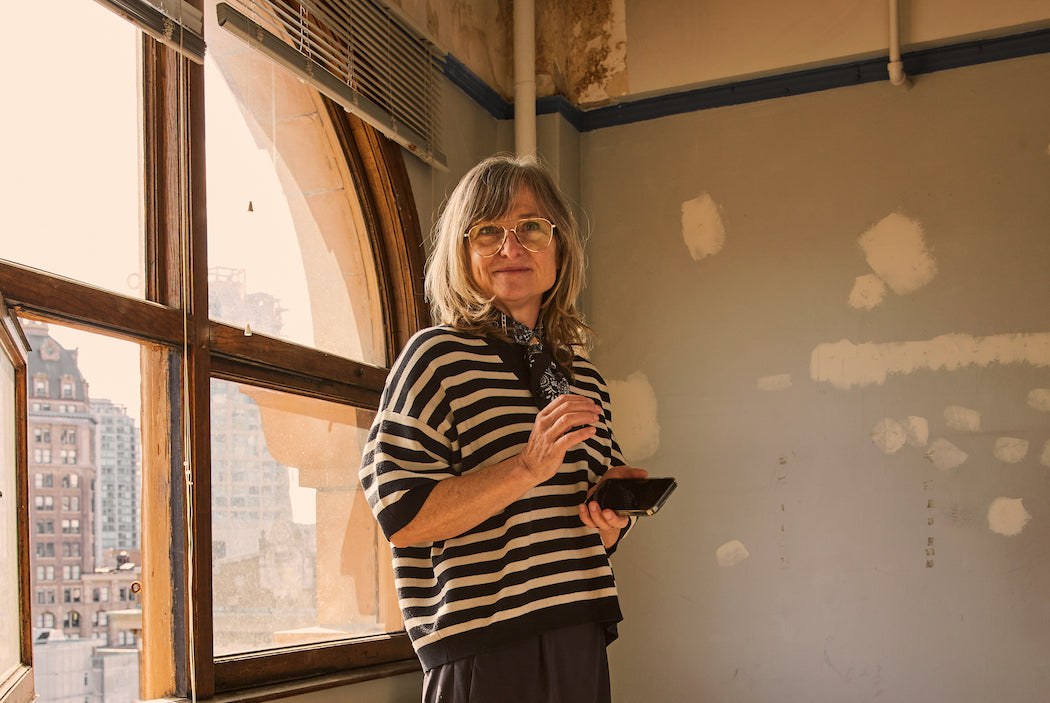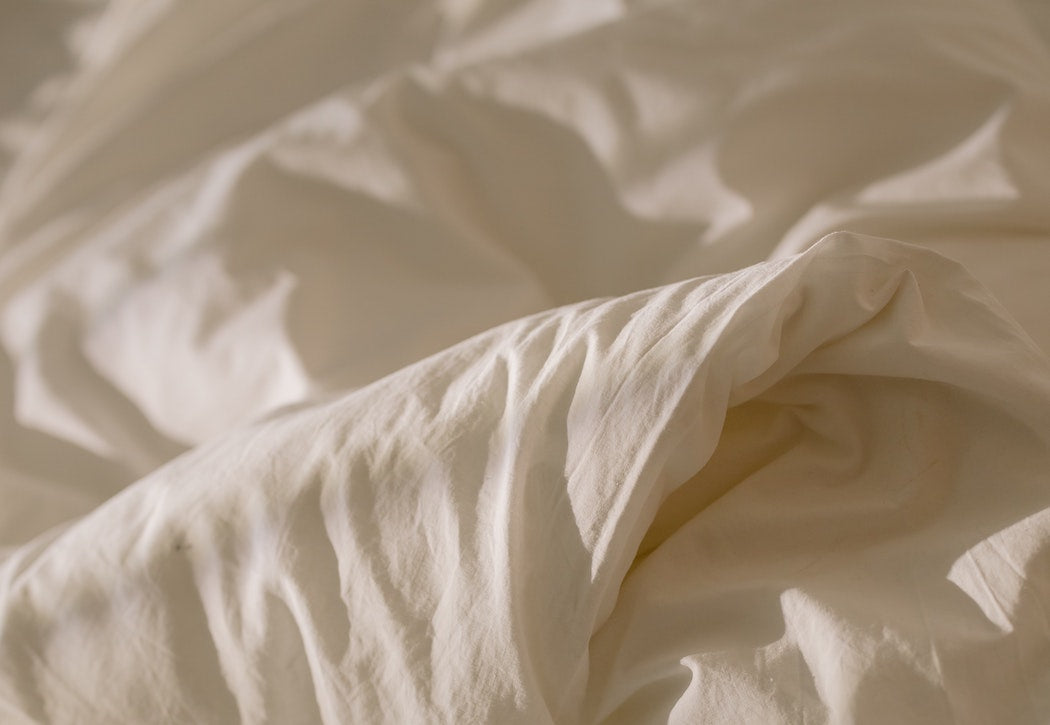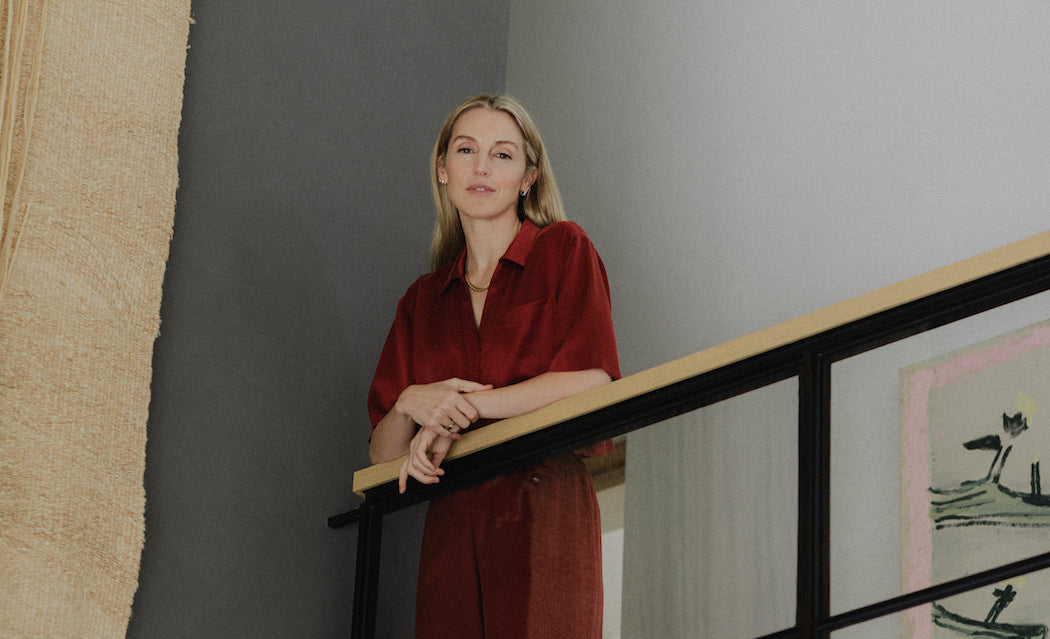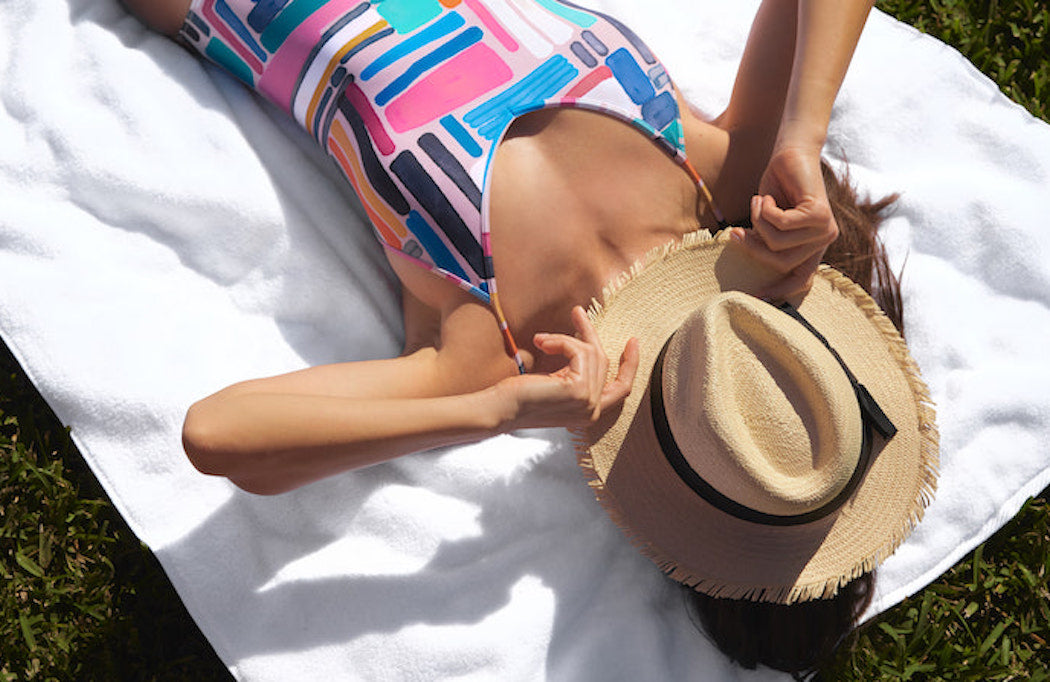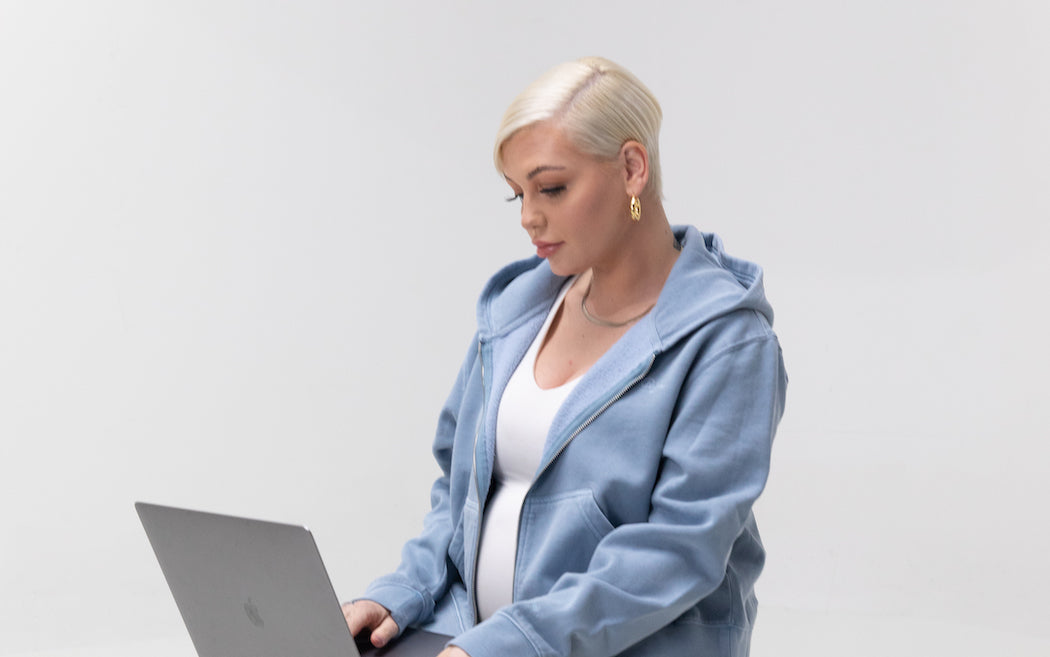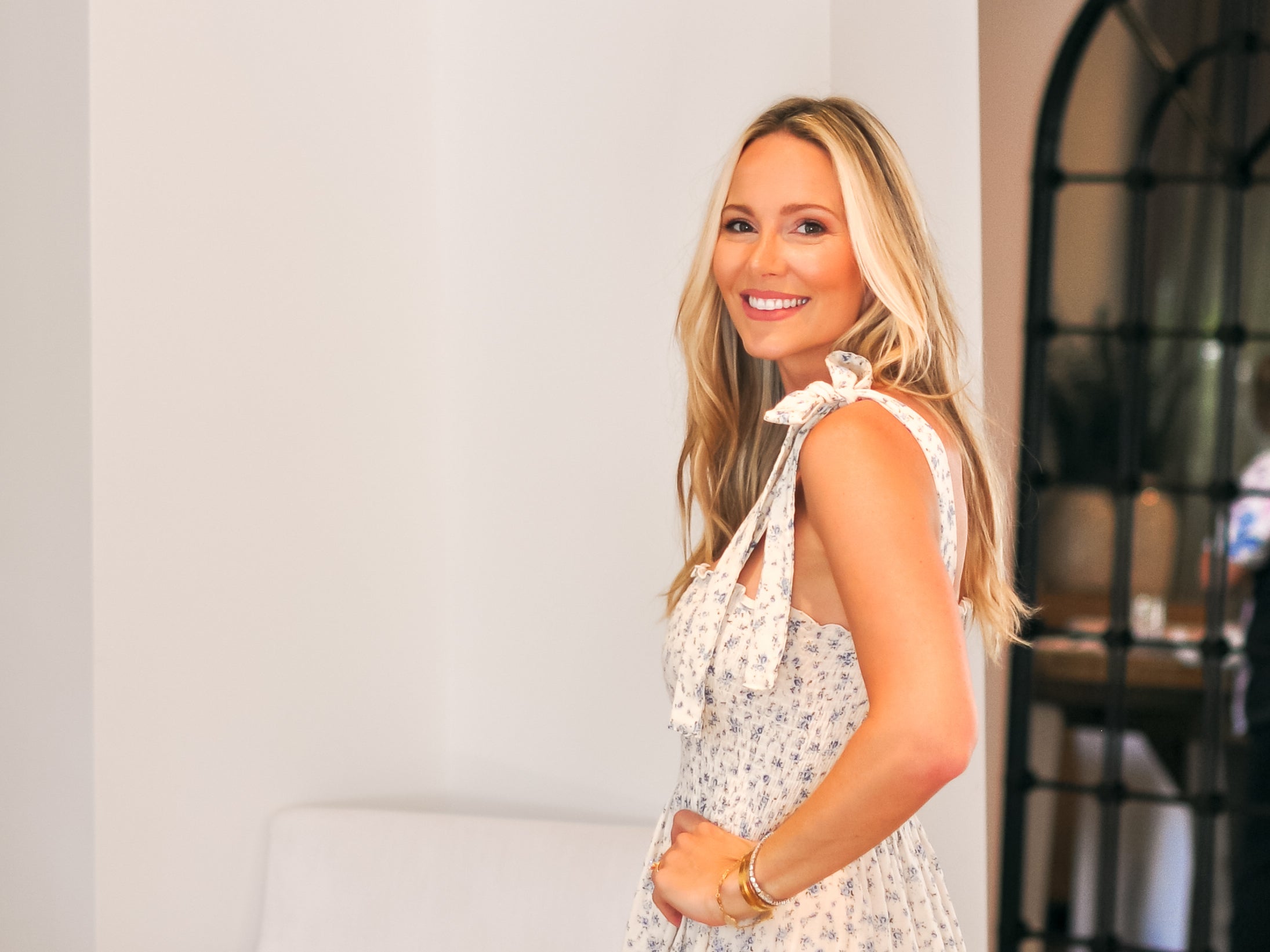My chest grew tighter and tighter. My shoulders were seized high and tense, while my breath was short and sharp.
Anxiety: it had been crippling me for weeks following the end of a relationship, and on this particular night I tossed and turned with my phone in hand, hoping desperately for a message or a call. Nothing came. The sun started to rise. Another sleepless night.
As I made my coffee that morning, my mom asked me how I slept. “I didn’t,” I replied. She paused, and then suggested an activity that would change everything for me: “Why don’t we spend some time in the garden today?”
As we stood outside, she explained the task at hand: bring over some river rock to form a retaining wall, and then a few wheelbarrows of soil to begin building a flower bed. Easy enough.
We got to work—first with the rocks, then with one wheelbarrow after another of beautiful, rich soil. As I walked along the path with the final wheelbarrow, it hit me: that tightness in my shoulders and neck had loosened. For the first time in weeks, I felt the ecstatic sensation of a deep breath filling every inch of my lungs. I knew then and there that gardening was going to be with me for the rest of my life.
The mental health benefits of gardening
As I got increasingly fascinated by my experience in the garden, I quickly learned that I wasn’t alone. It’s what inspired me to start Mind & Soil and to share the beauty of mindful gardening with others.
Increasing evidence suggests that gardening is good for both our mental and physical health. In 2021, the Royal Horticultural Society released research demonstrating that people who garden daily have 6.6 percent higher wellbeing scores and 4.2 percent lower stress levels than people who don’t garden. More anecdotally, gardening can help you connect with your surroundings, be present, and, of course, eat healthier.
Get your hands dirty
Thanks in part to recent documentaries such as Kiss the Ground and The Biggest Little Farm, there has been a huge shift from using synthetic fertilizers to incorporating more regenerative farming practices—such as feeding the plants and soil through compost and worm castings (mother nature’s fertilizer). But beyond the benefits to the earth, this also offers incredible upsides for the gardener. More and more research is coming out about how a soil bacteria called Mycobacterium vaccae plays a role in reducing anxiety. So go on—stick your hands right in the dirt.
How to get started with gardening
As you begin your journey, follow these three simple tips to not only have success in the garden, but to also harness its healing powers.
Start small and supported. Trying something new can be stressful and overwhelming. What materials do you need? How do you use them? It’s for this reason that I created gardening kits (such as our Seed Starting Kit); they provide you not only with everything that you need, but also with easy-to-follow video resources to ensure you’re supported every step of the way.
Activate your senses. Each time you begin gardening, rather than rushing into it, be intentional about slowing down. Start your time in the garden by spending two or three minutes with your eyes closed, breathing deeply and counting how many unique sounds you hear. Before you know it, the world will feel like it’s melting off of your shoulders.
Release expectations. As the gardening season kicks into full gear, let go of any expectations that you might have for big harvests. Focus on falling in love with feeling your hands in the dirt and spending time peacefully in the garden, learning from your experiences; if you do that, the bounty will come.
In a world teeming with uncertainty and distractions, the garden provides the perfect canvas for finding calm, peacefulness, and restoration—which is something I’ll be discussing further as a speaker at the 2021 BC Home & Garden Show on March 12.
Now all that’s left to do is to go and get those hands dirty.


